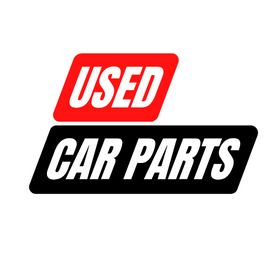If you're in the market for a new car, you might have come across the term "ENatis codes." These codes are used to classify the status of a motor vehicle, and can help you determine what you're getting into before you make a purchase.
Code 1 – New These are vehicles that have been delivered or sold by a dealer to the first owner. They're brand new, and have never been driven before.
Code 2 – Second-Hand Used vehicles that have one or more previous owners or registrations. These cars have been previously owned and driven, so they may have some wear and tear.
Code 3 – Permanently Unfit For Use These vehicles have been involved in an accident and, according to the insurer, are so badly damaged that they're not worth repairing. The cost of fixing the damage would amount to more than the car’s value at that particular time. Code 3 vehicles are usually sold for a lot less than Codes 1 and 2 cars. Some people are willing to invest in a Code 3 car, but it's important to weigh the costs of repairs against the cost of buying a similar aged, legal and on-the-road version of the vehicle.
Code 4 – Permanently Demolished This category includes vehicles whose chassis have been compacted, compressed, melted, destroyed or damaged to such a degree that it cannot be made roadworthy. These cars are usually sold for scrap or other purposes.
So, is it worth buying a Code 3 car? It depends on your perspective. If you're a car enthusiast with mechanical interests or a close association with a group of similarly minded experts or a business that repairs badly damaged cars, then it might be worth your while. But if you're just looking for a reliable vehicle to get you from point A to point B, it might be safer to stick with Codes 1 and 2.

